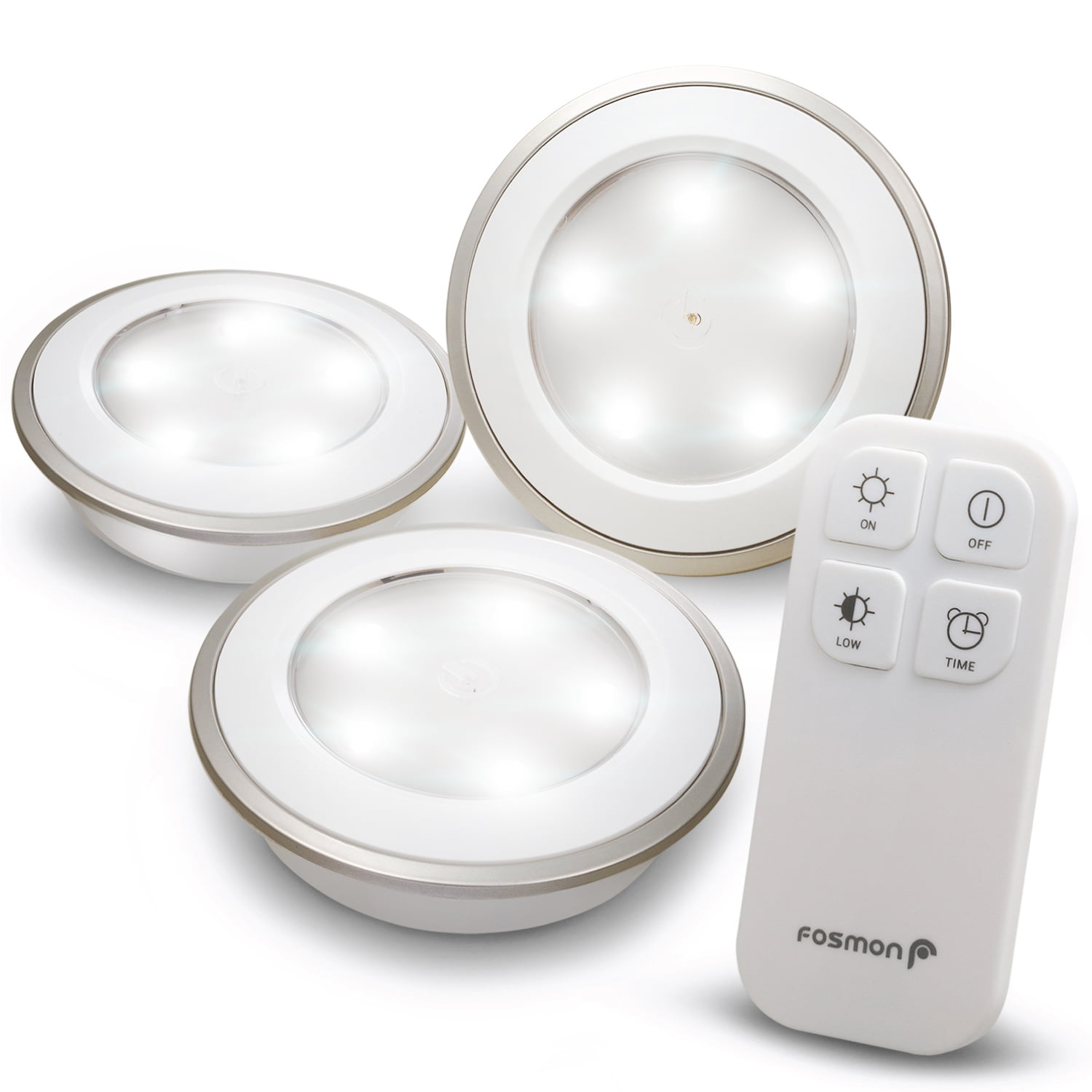Choosing the Right Wireless Under Cabinet LED Lighting System: Wireless Under Cabinet Led Lighting With Remote

Wireless under cabinet LED lighting offers a convenient and stylish way to illuminate your kitchen or workspace. But with so many options available, selecting the right system can be overwhelming. This guide will help you navigate the different factors to consider when choosing a wireless under cabinet LED lighting system that perfectly meets your needs.
Types of LED Strips
The type of LED strip you choose will significantly impact the overall look and feel of your lighting. Here’s a breakdown of the different types of LED strips and their key features:
- Color Temperature: LED strips are available in various color temperatures, measured in Kelvin (K).
- Warm White (2700-3200K): Emits a soft, yellowish light, creating a cozy and inviting atmosphere, often preferred in living rooms and bedrooms.
- Cool White (4000-4500K): Produces a bright, crisp white light, ideal for kitchens and workspaces where visibility is crucial.
- Daylight (5000-6500K): Offers a very bright, bluish-white light that mimics natural daylight, perfect for tasks requiring high accuracy and precision.
- Power Options: Different LED strips offer various power options, each with its advantages and drawbacks:
- USB-Powered: Convenient for smaller spaces and easy installation, but limited power output, suitable for short strips or low-brightness applications.
- Battery-Powered: Offer portability and flexibility, ideal for temporary installations or where direct power access is limited, but require frequent battery replacements.
- AC Adapter: Provide the most power, suitable for long strips or high-brightness applications, but require plugging into a wall outlet.
Remote Control Considerations, Wireless under cabinet led lighting with remote
The remote control is a crucial part of a wireless under cabinet LED lighting system, allowing you to easily adjust brightness, color temperature, and other features. Here’s what to consider when selecting a remote:
- Range: The remote’s range should be sufficient to cover the entire area you want to illuminate. A longer range allows for greater flexibility in controlling the lights from different positions.
- Functionality: Consider the features offered by the remote, such as dimming, color temperature adjustment, and pre-set modes. Some remotes even allow you to control multiple light strips simultaneously.
- Compatibility: Ensure the remote is compatible with the chosen LED strip system. Different brands and models may use different frequencies or protocols, so compatibility is essential.
